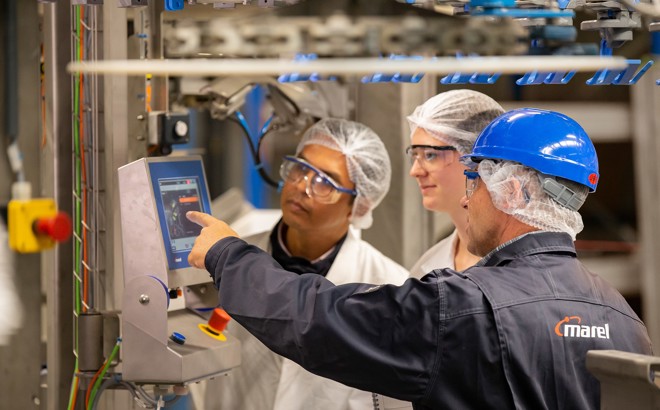Reputation cost
Brand protection is a big piece of the recall puzzle. In the same study, which surveyed 36 food manufacturers including General Mills, Coca-Cola and Kellogg, 100% of respondents ranked company reputation among their most serious concerns after consumer safety.
Reputational risk carries a high and sustained cost. But reputation cost is also the hardest to quantify. This is because the manufacturer often faces hesitation from customers after a food contamination incident, which means a longer road to recovery as the producer earns back trust.
Food recalls don’t just affect consumer confidence. Suppliers and commercial customers – restaurants, supermarkets, wholesale suppliers, butchers, and fast food outlets, to name a few – all have skin in the game. One study found 55% of consumers would temporarily switch brands following a food recall, while 15% would never repurchase the product, both of which can hurt a retailer’s margin.
Understanding the influence of social media in a food recall can help manufacturers manage the process more effectively. So too can responding quickly, taking responsibility, and acting transparently to remedy the product recall.
Downtime and lost sales
Business interruptions can be acute or prolonged, depending on the scale and severity of the food contamination.
- Shutdown costs
- Cleaning the facility
- Cancelling logistics or transport contracts
- Laying off staff
- Breaching supply contracts
- Immediate and long-term lost sales
- Re-establishing operations
- Hiring and training employees
When independent investigators like the Food and Drug Administration (FDA) or Food Safety Inspection Service (FSIS) in the USA intervene to investigate the cause of chemical, biological or physical contamination, plants can stay closed for a long time. Restarting from these shutdowns takes time.
This is where transparency and a clear crisis plan can help food producers to re-start operations in a timely manner. By acting quickly, communicating openly and honestly, and working in good faith with affected stakeholders, the road to recovery can often be substantially shorter (and less costly).




